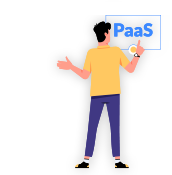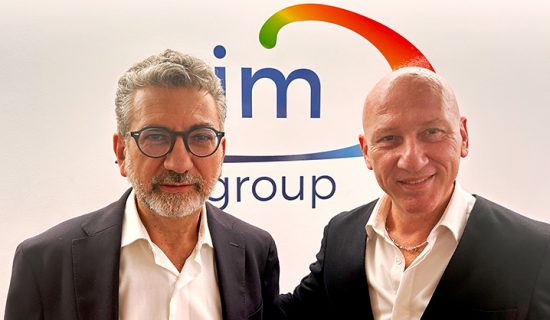Digitization involves the use of fast and effective tools: find out the difference between traditional software and BPM platform for business process automation.
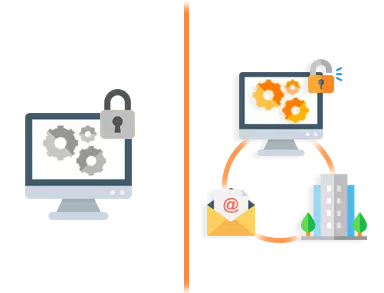
Software is tailor-made and does not readjust to changes
Traditional vertical software is created to manage certain processes: it is "tailored" to meet specific needs of the organization. As a result, functionality is limited, static and not expandable or easily readjustable to changes occurring in the organization itself.
Platform readjusts to business changes
The Business Process Management platform is conceived, designed and built to be the process management tool that best fits the organizational context and best responds to changes and business needs of the company, through simple, fast and flexible rules and procedures that can be used even by non-development experts.
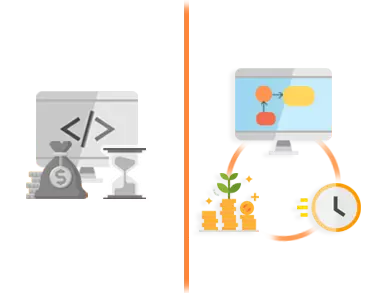
Software changes involve long lead times and costly investments
In the case of new business needs, which result in the need to readjust processes, making changes to traditional software involves long and cumbersome development and code intervention times, as well as new investments of economic resources, thus compromising flexible, efficient and fast business management.
With the platform, changes are quick and without further investment
Through the BPM platform, it is possible to choose the rules that govern processes and events, and modify them whenever a business need arises that changes the previously set arrangements and procedures-all easily, quickly, without code intervention and without additional costs and burdens.
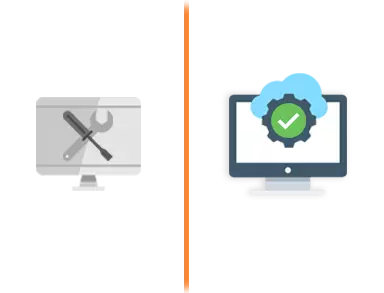
Software is installed on PC and needs manual updates
Traditional software requires installation on one or more computers and must periodically be manually updated to ensure its operation and efficiency over time: this results in more costly time and resources for maintenance and updating.
The platform works on the cloud and updates are automatic
The BPM platform is not installed on the computer, as it is designed to operate in a cloud environment: this allows you to take advantage of a streamlined yet powerful management system, thanks to the features and security of the cloud. Updates are automatic and fast, without the need for human intervention.
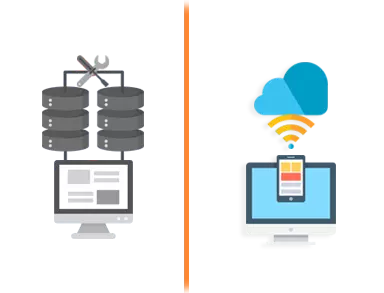
Data retention requires infrastructure and maintenance
Storing, processing and managing large amounts of data with traditional software means operating on infrastructures that require special interventions to ensure their operation, as well as enduring more rigid and less flexible maintenance methods, times and costs and, therefore, less aligned with business times.
The platform requires no infrastructure, and data is stored securely on cloud
PaaS (Platform as a Service) has no infrastructure, which remains the responsibility of the service provider, and provides an environment for building applications and services on the Internet even for those who are not experienced developers; thanks to the cloud, the platform is flexible, adaptable, allows remote work even between geographically distant teams, and to manage and store large amounts of data with absolute security.
Are you thinking about a platform?

On this guide you will find 7 good reasons to switch to a business process management platform
How to improve productivity with Business Process Management cloud technologies without disrupting the present.





